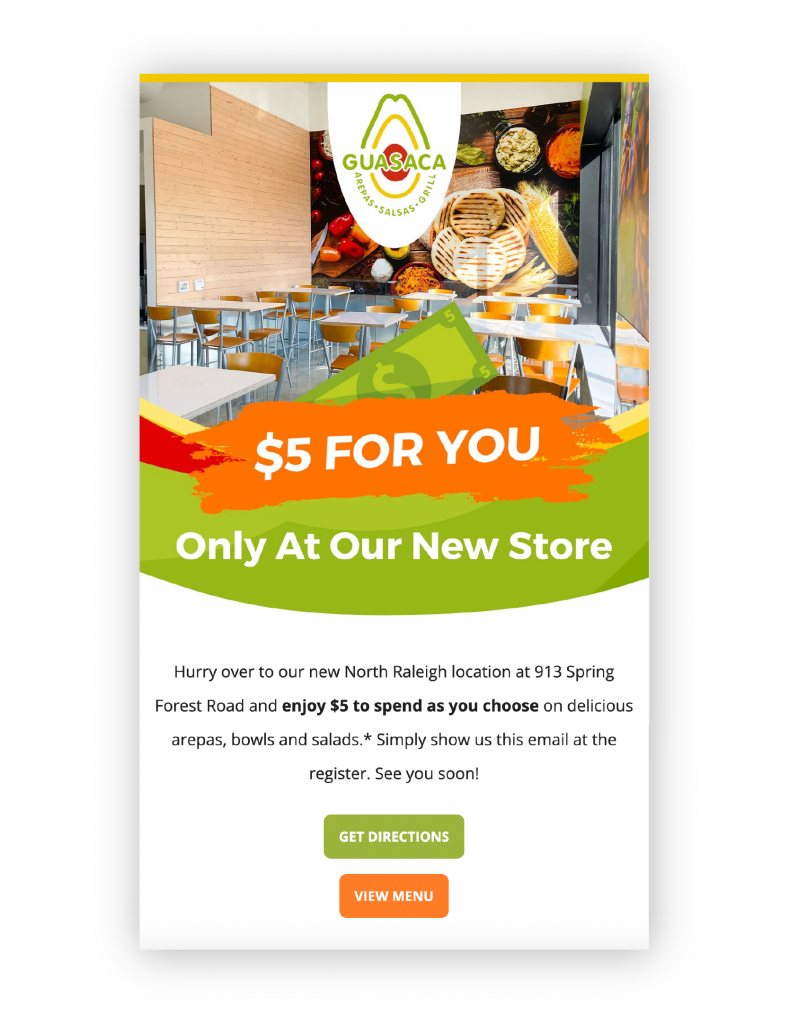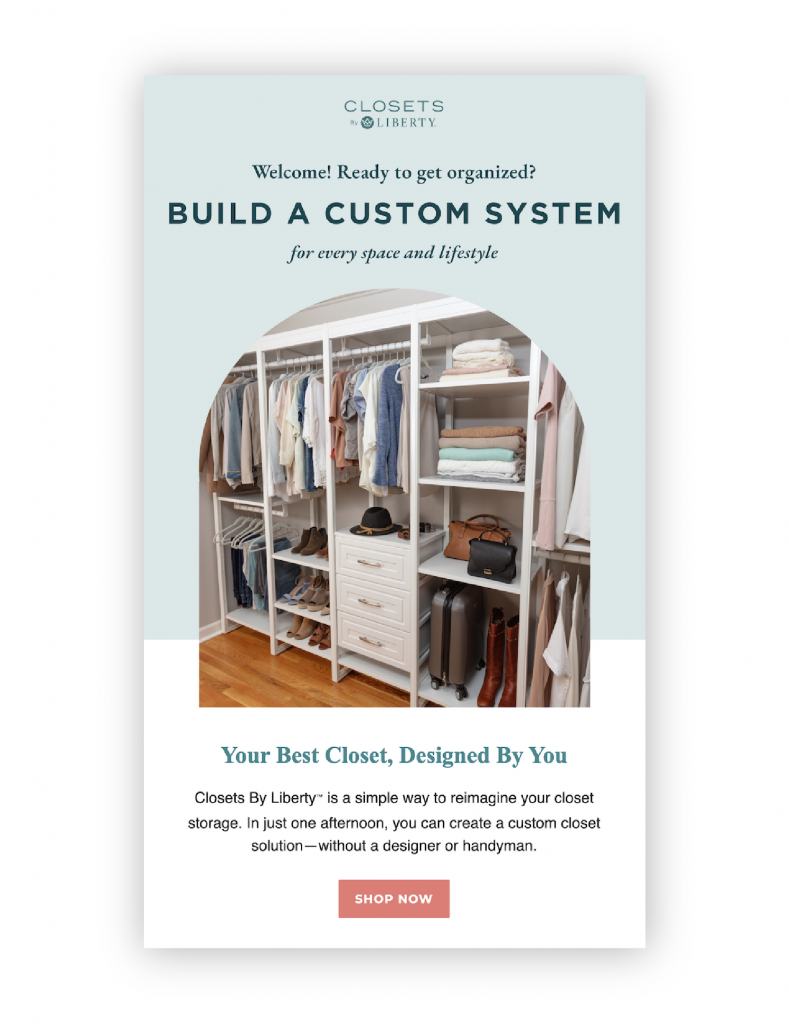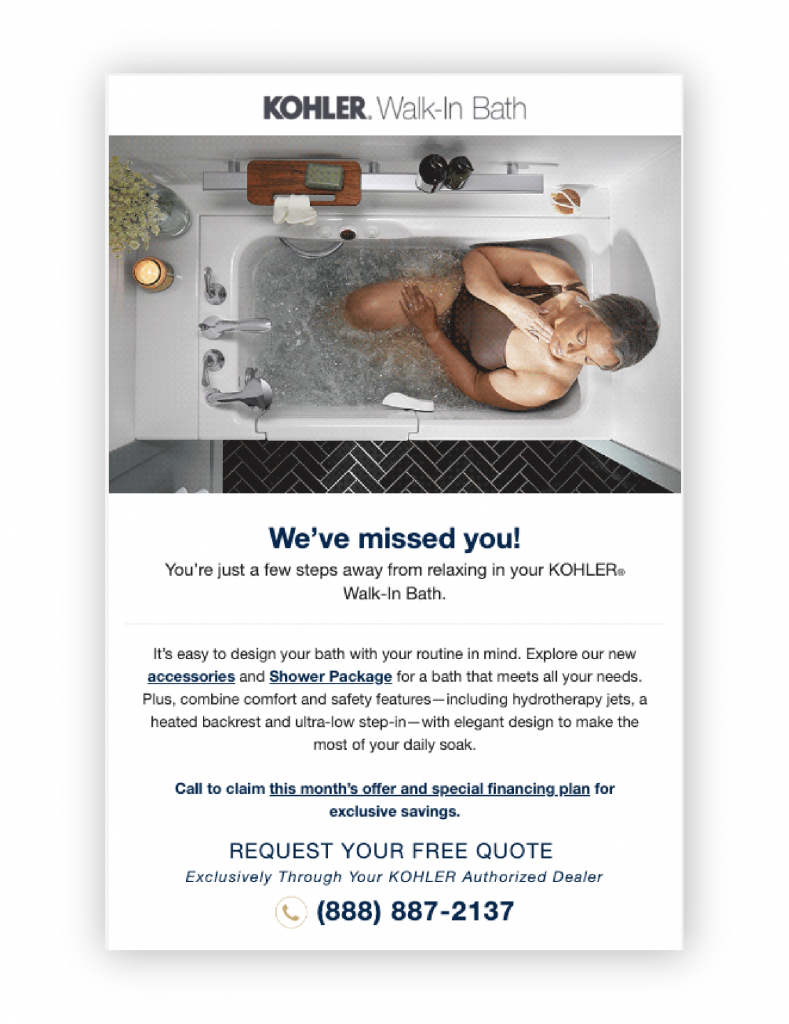In the fast-paced, crowded world of emails, it’s not just about hitting send—it’s about hitting the right chords with your audience. Sending out generic emails to a mass list of subscribers is no longer enough. Personalization and relevance are now essential to break through the noise and capture your audience’s attention.
List segmentation allows you to achieve this by delivering highly targeted and tailored content to your subscribers. Today, 64% of marketers personalize their email campaigns using customer segments. So, how can your business leverage this best practice effectively, and where do you start? Keep reading, and we’ll show you.
What is email segmentation?
Email segmentation involves splitting subscribers into smaller, distinct groups based on shared characteristics or behaviors like age, location and interests. This allows you to craft more targeted and personalized messages for each segment, ensuring your subscribers receive relevant and engaging content.
When your content hits home for a specific group, engagement skyrockets. You want your emails to not just land in inboxes but make an impact on your audience, whether that’s driving brand loyalty or a hot sale.
Why should I create segmented lists?
Think of email segmentation like customizing a music playlist for different moods. Each subscriber wants to receive a personalized soundtrack. And when you create this perfectly curated experience, you’ll see higher engagement, more purchases and happier customers.
Personalized and relevant content
Segmentation lets you craft content that resonates with each segment’s unique interests, preferences and needs. You can significantly increase engagement and conversions by speaking directly to their pain points or offering tailored solutions. For 62% of customers, this means hyping up available promotions and discounts.
Higher open and click-through rates
When emails are more personalized and relevant, subscribers are more likely to open them and click the links. Studies consistently show that segmented email campaigns outperform non-segmented campaigns, leading to higher open and click-through rates. HubSpot reports segmented emails drive 30% more opens and 50% more click-throughs than unsegmented ones.
Increased conversion rates
You can boost your chances of conversions by targeting specific segments with personalized content and offers. When subscribers feel that the email directly caters to their needs, they are more likely to take the desired action, whether it’s making a purchase, signing up for a webinar or downloading a resource.
Improved customer retention and loyalty
Segmented emails strengthen customer relationships by delivering valuable content that aligns with their interests. You’ll create a crew of loyal fans who want to hear and buy from you again. Birthday or anniversary emails are fantastic ways to win over devotees every year—54% of customers said they would open these.
Reduced unsubscribe rates and spam complaints
When subscribers get emails that don’t quite hit the mark, they’re quick to hit the “unsubscribe” or “spam” button. List segmentation ensures that you send targeted content, reducing the likelihood of people opting out or reporting your emails as unwanted.
How should I segment my email list?
The more specific and personalized you can be with your segments, the more successful your email campaign will be. Common ways to segment your subscriber list include:
Geographic location
Get smart about where your subscribers live. Use their location to send targeted messages about local events, promotions or new store openings. You’ll be seen as a friendly, in-the-know neighbor. This approach is particularly valuable for businesses with brick-and-mortar locations or those operating in multiple regions.
Success Story: Guasaca, a South American restaurant with six locations in the Raleigh-Durham area, targeted subscribers in zip codes near their new store with an announcement email. The restaurant included an exclusive $5 promotion inside to push foot traffic during opening week and gain new and potential repeat customers. The email saw a higher-than-average open rate for Guasaca at 29.3%, indicating the promotion was extra compelling to subscribers.
Subject Line: Our Gift to You – $5 At Our New Location
Preview Text: Save on your next meal at our North Raleigh store

Gender
Segmenting by gender is smart if your business offers products or services geared toward men, women or other gendered identities. You can customize your emails to each group’s preferences to improve relevance and engagement.
Sales Funnel Stage
Group your subscribers based on where they are in their purchase journey. Whether they’re just checking you out, weighing options or ready to seal the deal, you can tailor your email messages to match each stage. This way, you give them exactly what they need at the right moment. It’s all about nurturing those leads and steering them towards hitting that ‘purchase’ button.
Success Story: In a four-part email series, Closets By Liberty™ nurtured new subscribers who signed up to receive emails from their website. These people were in the consideration phase, heavily researching whether the closet organization products were a good fit for their needs. To help them choose, the welcome emails educated subscribers about the brand and promoted the unique value of their closet systems. Because these subscribers recently signed up, they were eager to engage with Closets By Liberty™—with a whopping 44.7% open rate and 5.3% click rate, well above industry benchmarks.
Subject Line: Our New Friendship Is 🙌

Purchase History
Analyze subscribers’ past purchase behavior to develop segments based on their buying habits, product preferences or average order value. They’ll appreciate personalized upsell or cross-sell recommendations, exclusive offers and product updates that serve their interests.
Email Engagement
Check out who’s opening, clicking and converting (that’s your A-list), and identify subscribers who are MIA (they’re in hibernation). From there, you can customize your segments according to the level of engagement. For example, you may re-engage inactive subscribers with special offers or exclusive content while rewarding and nurturing highly engaged subscribers.
Success Story: KOHLER® Walk-In Bath re-engaged subscribers whose last interaction with the brand was 6 months prior with personalized emails. Segmenting the lists allowed us to customize how we followed up with these 3 types of subscribers during each sales stage. Our efforts resulted in an above-average demo (67%) and close rate (14%).
Subject Line: Ready to bring your dream bath to life? 💕
Preview Text: Discover new comfort features you’ll love.

Browsing Behavior
Track subscribers’ browsing and add-to-cart activities on your website to understand their interests and preferences. Use this information to send targeted emails showcasing products or content they keep eyeing. You’ll boost engagement and turn those clicks into conversions.
Elevate Your Email Marketing Game
Segmenting your audience is just the beginning when leveling up your email strategy. Understanding what your customers want from your emails will help you craft the perfect message, design and sending plan. To really stand out, you should also optimize your email accessibility to be inclusive of all your customers and better connect with them. Even small changes can create more engaging emails and help you reach more customers.




